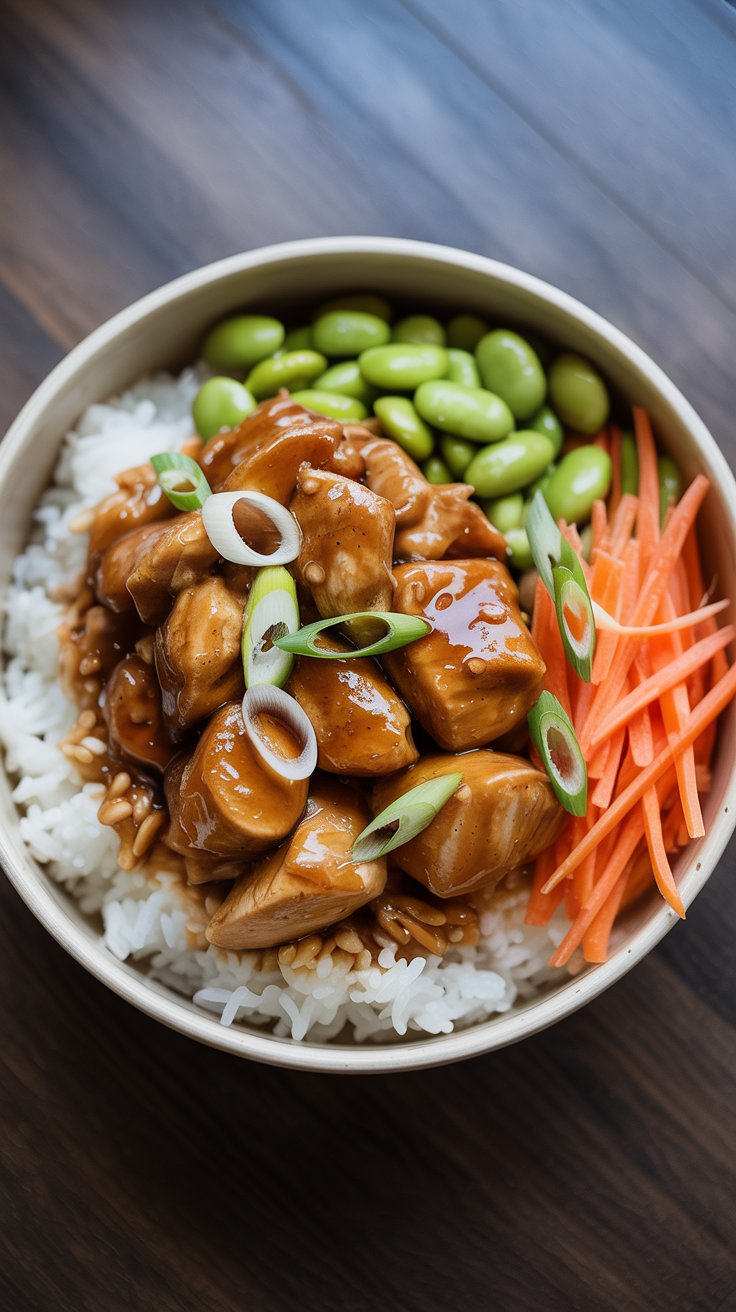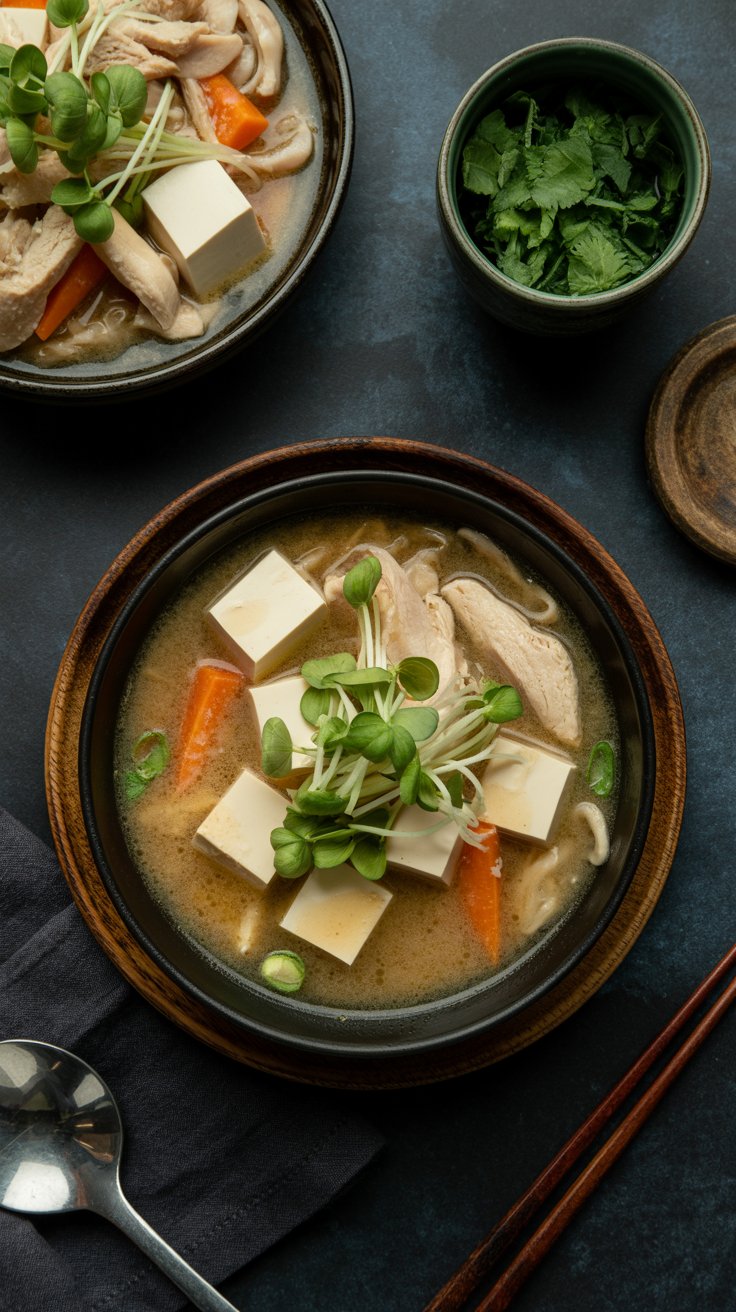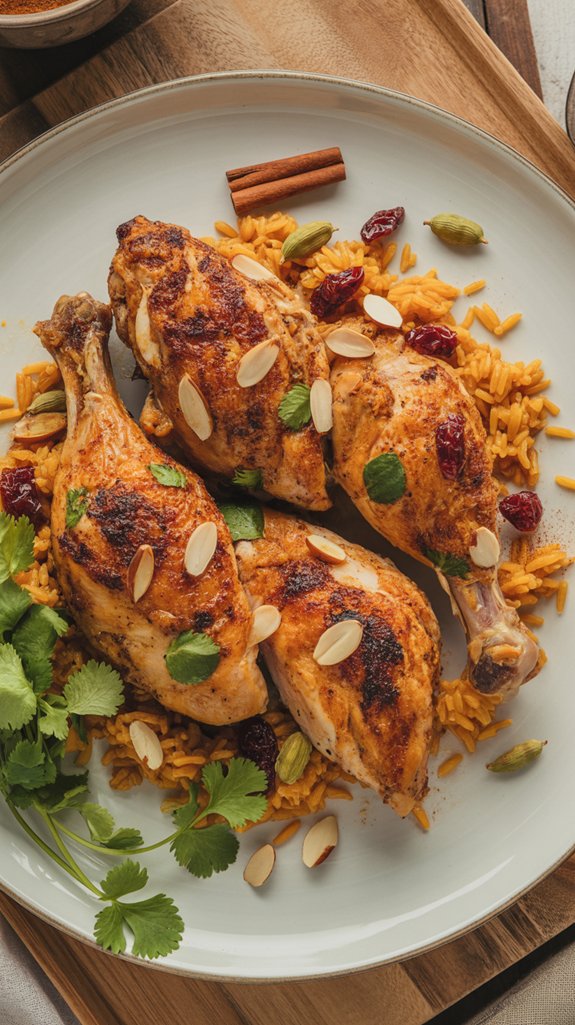Japanese cooking changed everything for me. I used to think it was just about good ingredients and following recipes. But once I learned the actual techniques – especially the knife work – my chicken dishes went from okay to restaurant-quality.
There’s something special about how Japanese cooking treats every ingredient with respect. Every cut matters. Every technique serves the final dish. And honestly? The right knife makes all the difference.
Breaking Down Chicken Like a Pro
Let’s start with the game-changer: properly breaking down a whole chicken. I used to hack away with whatever knife was handy. Uneven pieces. Some overcooked, some undercooked. Total mess.
Then I got a santoku knife.
The santoku means “three virtues” – it handles meat, fish, and vegetables perfectly. It’s shorter than a regular chef’s knife but wider, with this subtle curve that follows the chicken’s natural lines. No fighting. No forcing.
Here’s the technique:
- Start with room temperature chicken (cuts cleaner)
- Let the knife do the work – sharp Japanese steel doesn’t need force
- Cut through skin connecting thigh to body
- Pop the joint (you’ll hear it)
- Cut through cartilage cleanly
The santoku’s design lets you rock it slightly while keeping contact with the cutting board. Clean cuts every time. No torn meat.
For dishes like karaage: Use your santoku to debone the thighs, keeping the knife close to the bone so you don’t waste meat. Cut into 2-inch pieces – roughly the same size so they cook evenly. The santoku’s precision makes this simple. Once you master this technique, you’ll be ready to tackle our crispy Japanese karaage recipe with confidence.
Vegetable Prep That Actually Matters
Here’s where I had another breakthrough: the nakiri knife.
It looks like a cleaver, but it’s completely different. The nakiri’s unique design is all about precision, not power. That straight edge? Genius for Japanese cooking.
Why the straight edge matters:
- No rocking motion needed
- Perfectly parallel cuts every time
- Great knuckle clearance for fast, safe cutting
For Japanese chicken dishes, your vegetables need to cook at the same rate as the chicken. Uneven cuts = some pieces mushy, others still raw.
Julienne technique made simple:
- Create a flat surface on round vegetables (stops rolling)
- Cut into even planks
- Stack them up
- Cut into matchsticks
The nakiri’s straight edge makes each cut identical.
Scallion cuts: Cut on a sharp bias. The nakiri keeps the same angle throughout, so your garnish looks professional instead of random.
These precise cuts are crucial for dishes like chicken teriyaki, where vegetables cook alongside the protein for just 2 minutes. Perfect your technique here, and you’ll nail our sweet & savory teriyaki chicken bowl every time.

Advanced Techniques That Make a Difference
Butterfly Cutting for Perfect Katsu
Chicken katsu needs perfectly even thickness. Too thick = burned outside, raw inside. Too thin = dried out leather.
The butterfly technique:
- Place chicken breast flat
- Make horizontal cut parallel to cutting board
- Start from thick side, cut 3/4 of the way through
- Open like a book
- Gently pound to even thickness
The santoku’s sharpness is crucial – one smooth motion, no sawing. Rough edges don’t bread evenly.
This butterfly technique is essential for getting that perfect, even coating in our Japanese chicken katsu recipe or when making crispy katsu curry.
Scoring for Better Flavor
Make shallow diagonal cuts about 1/4 inch deep, 1/2 inch apart across the chicken surface. This lets marinades penetrate deeper and prevents curling during cooking.
The key: Consistency. Same depth, same spacing every time.
This scoring technique works wonders for marinades in dishes like our classic teriyaki chicken or when prepping chicken for hibachi-style cooking.
Tips That Actually Work
Keep your knives sharp. Japanese knives use harder steel that holds an edge longer but can chip if you’re careless. Hand wash immediately, dry completely.
Use the right cutting board. Wood or plastic – something slightly softer than your knife’s steel. Protects the blade while giving you stability.
Temperature matters. Cold chicken is harder to cut cleanly. Room temperature chicken cuts like butter.
Practice consistency. Every piece should be the same size. This isn’t just for looks – it’s for even cooking. When everything is cut to the same dimensions, everything cooks at the same rate. This attention to detail makes all the difference in delicate dishes like our Japanese chicken & tofu soup.

Why This Actually Matters
I’ve been cooking for years, but learning these Japanese techniques with the right knives completely changed my chicken game. The santoku became my go-to for almost all chicken prep – it’s just so versatile and balanced. The nakiri transformed how I handle vegetables, making precision cuts that actually matter for the final dish.
The bottom line: These aren’t complicated techniques. They just require attention to detail and the right tools. Once you master using a santoku for chicken breakdown and a nakiri for vegetable prep, you’ll wonder how you ever managed without them.
Your karaage will be crispier, your teriyaki will cook more evenly, and your katsu will be perfectly golden every time. It’s all in the prep work.




